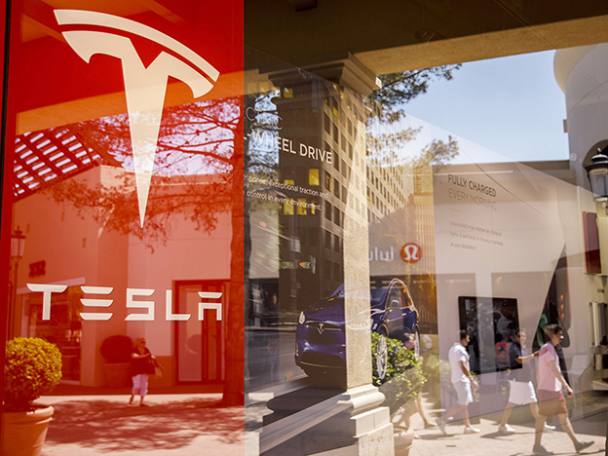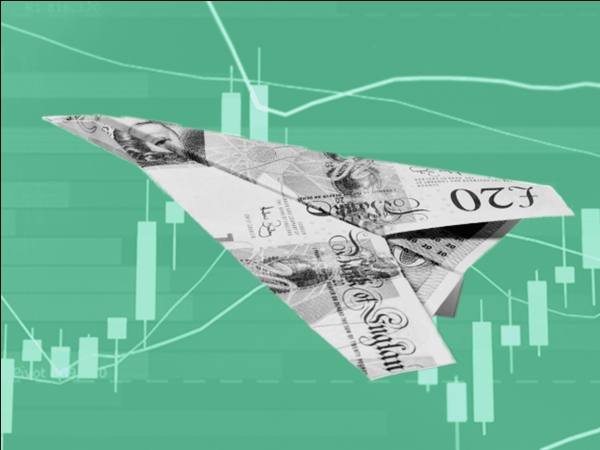- The regulatory credits system has been a boon for the company
- Margins could come under pressure due to the “trading down effect”
The 'after-the-closing-bell' timing of Tesla’s (NASDAQ: TSLA) first quarter results tempered the usual mix of unbridled euphoria and unflagging pessimism – depending on whether investors are long or short on the shares - that seems to characterise the atmosphere around everything that the electric car manufacturer, and bitcoin speculator, announces. The question on everyone’s mind is whether Tesla’s operational performance this year is going to be enough to sustain the huge bull run in its share price.
And what a run it has been. The shares have risen by an astonishing 750 per cent in just a year - one unlikely beneficiary of this windfall is Edinburgh-based fund manager Baillie Gifford which booked a profit of $15bn (£11bn) after selling down its 8 per cent holding in Tesla to meet regulatory requirements on asset exposure.
The quarterly numbers came in pretty much as analysts had forecast: revenues were $10.3bn, giving pre-tax profits of $533m. On paper, this was an impressive leap compared with the same quarter in 2020 when sales and pre-tax profits were $5.98bn and $70m, respectively. The company delivered just over 180,000 cars in the quarter and plans to increase this by 50 per cent a year – there had been speculation prior to the results that this would be 60 per cent. Updating the model S & X vehicles was behind a slowdown in deliveries for these cars as well as the doubling in R&D costs for the quarter to $666m.
Working the system
However, the number that really leapt out is the amount that Tesla’s generates from playing the regulatory credits system. The company earns these credits for free because it sells more than its quota of zero emissions cars. It then trades these on to legacy car makers with poor emissions records at a 100 per cent profit. In these results, Tesla made $518m alone from this trade.
Overall, though, it is difficult to argue with the current state of the balance sheet: applying the current ratio - current assets/current liabilities - gives Tesla a perfect score of 2.5 - though admittedly this does not strip out the distorting effect of finance leases, which totalled $9bn in these results.
The other big talking point this year was Tesla taking out a huge bitcoin position in February, in the process making Elon Musk’s Twitter feed required reading for crypto-obsessives. The balance sheet references a $1.5bn purchases of digital assets and, intriguingly, a $272m of sales proceeds from sales of those assets during the quarter. So, Tesla is clearly cashing in on the rise in bitcoin.
Margin problems and rising competition
There was enough evidence in these results to suggest that the margins that Tesla currently enjoys are going to fall as it grapples with the “trading down effect” of selling more cars in the mid-priced range, where car manufacturers sell the bulk of their output. Environmental legislation in many countries will phase out new petrol and diesel vehicles over the next two decades, so a reliable, safe electric alternative is needed to keep the show on the road for millions of average income households.
It is also clear that Tesla is not going to have things its own way in the electric market for much longer. It now has a direct competitor in the Chinese company NIO (US:NIO) – which came close to collapse in 2019 but is now the most valuable electric carmaker in the world alongside Tesla. Traditional automakers are also racing to catch up and in such a way that might put pressure on Tesla’s margins in the long-term. For instance, General Motors (US:GM) has partnered with China’s state-owned SAIC Motor (Ch:600104) to produce a budget electric car priced at just $4,500. Even perennial laggard Volkswagen (GC:VOW3) has finally emerged from its Wolfsburg lair to launch a range of electric cars after a slow and distracted start.
It is fair to say that Tesla’s forward P/E of 325 consensus estimates for 2021, compared with 16 for its car maker peers, does not put it in value territory. It is even debateable whether the company makes any profit from the actual sale of cars. However, if you bought the shares prior to 2020 then, like Baillie Gifford, you’ll have made a packet, while the share price’s volatility at these levels is likely to be a trader’s dream. Hold at $738.20.








